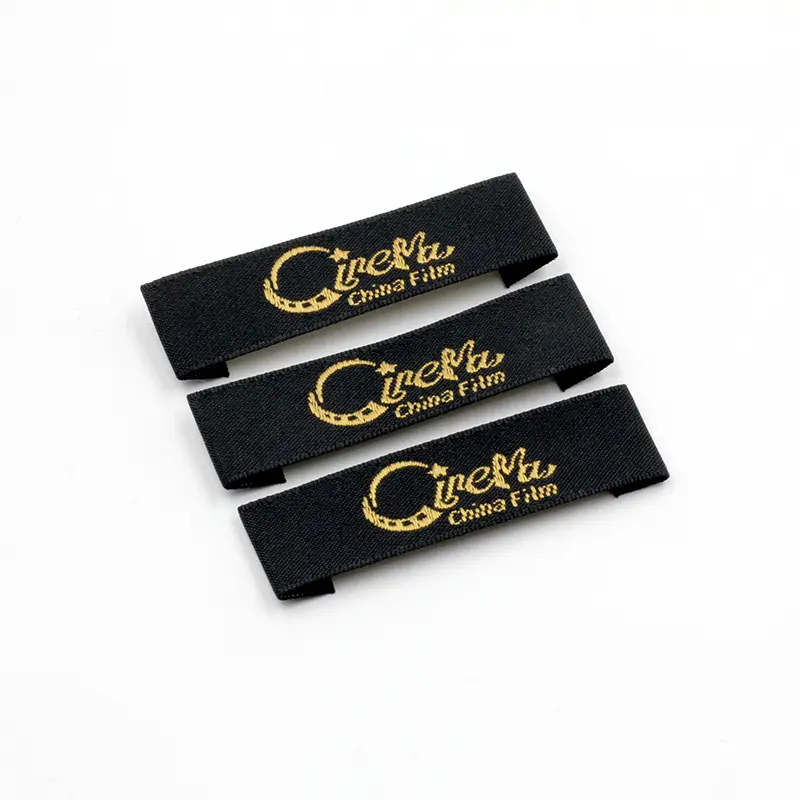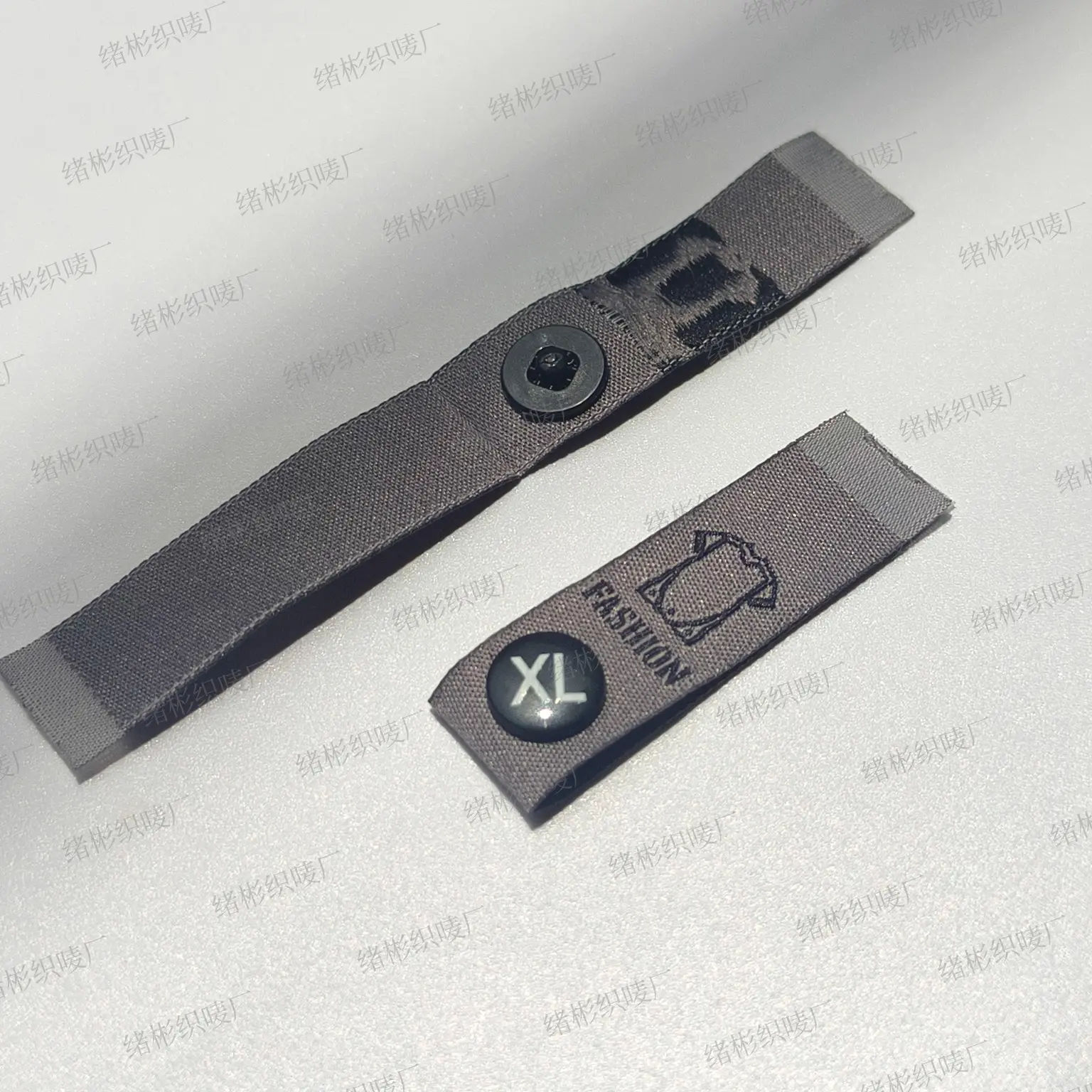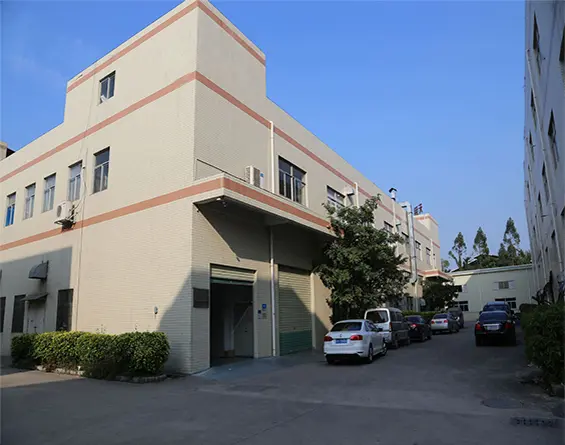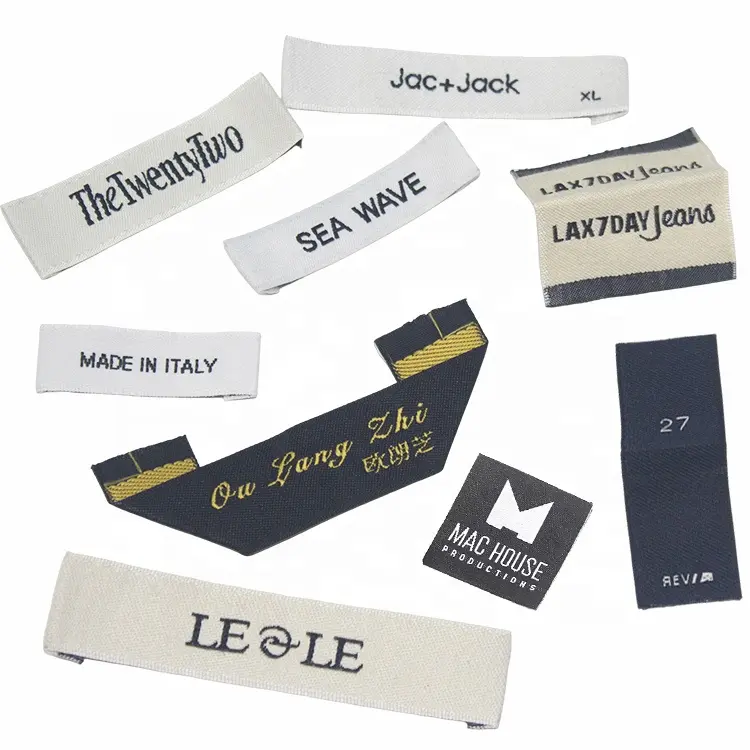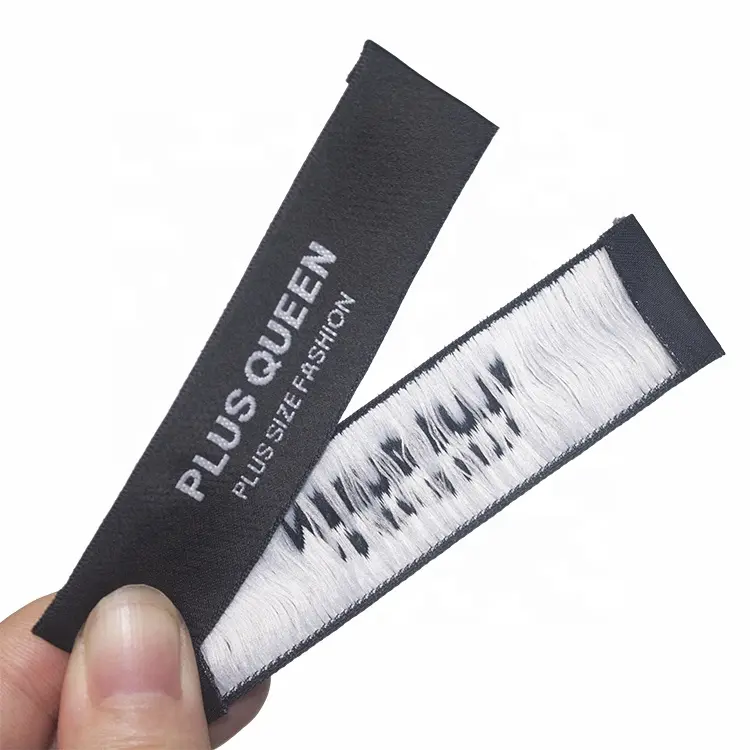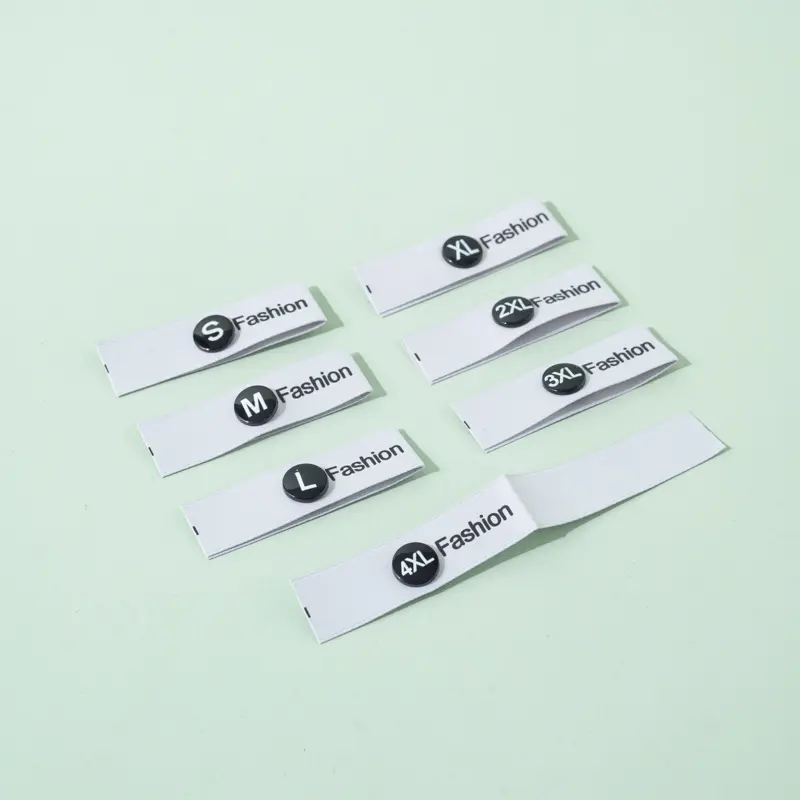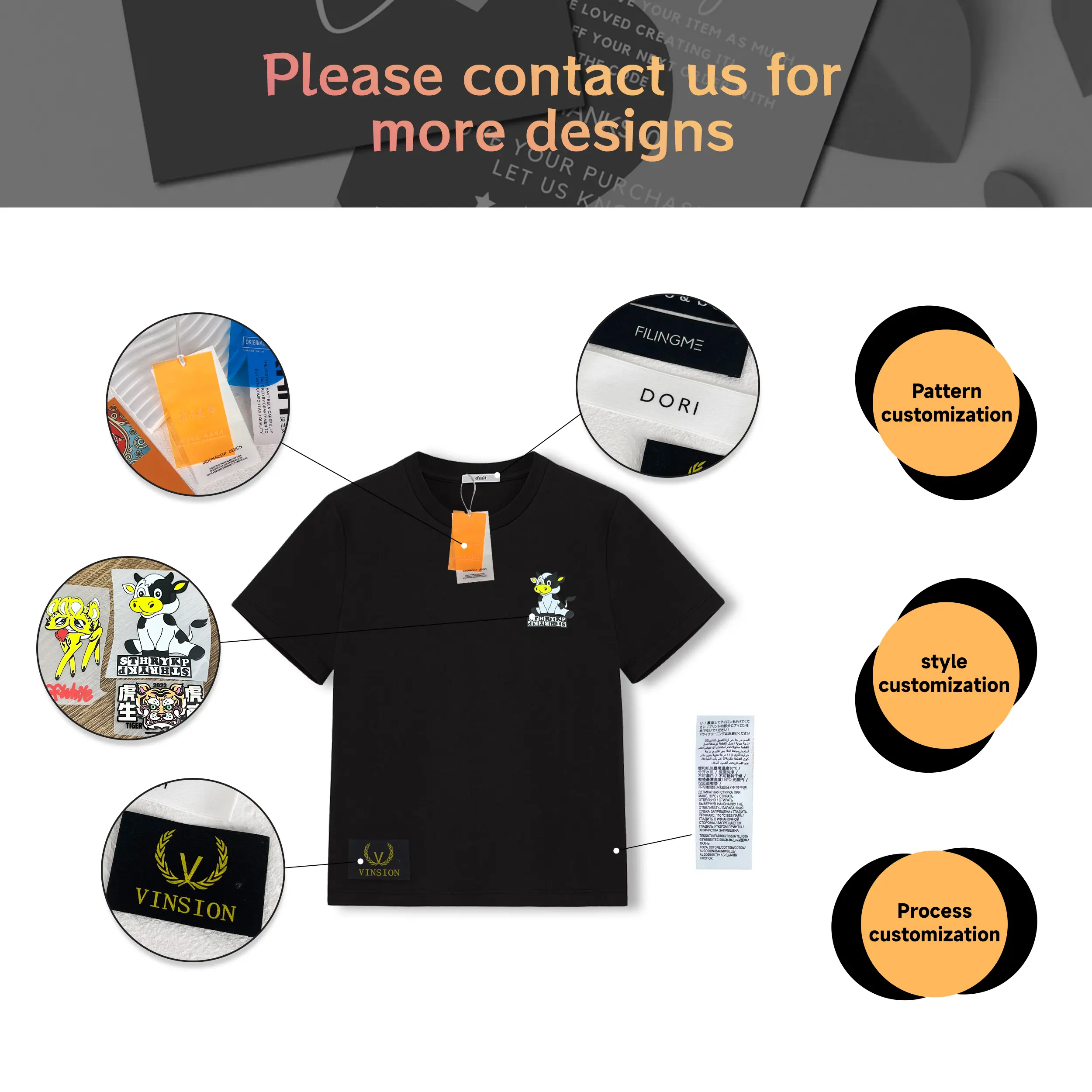Folded Clothing Labels, Gap Tags Design Trends
Folded Clothing Labels
Choosing the right fold type and shape for labels is essential. Proper folding enhances both aesthetics and functionality, while poor choices can harm the overall design. Don’t worry if you’re unfamiliar with folding types—each serves a unique purpose. Understanding these options will help you find the best fit for your product.
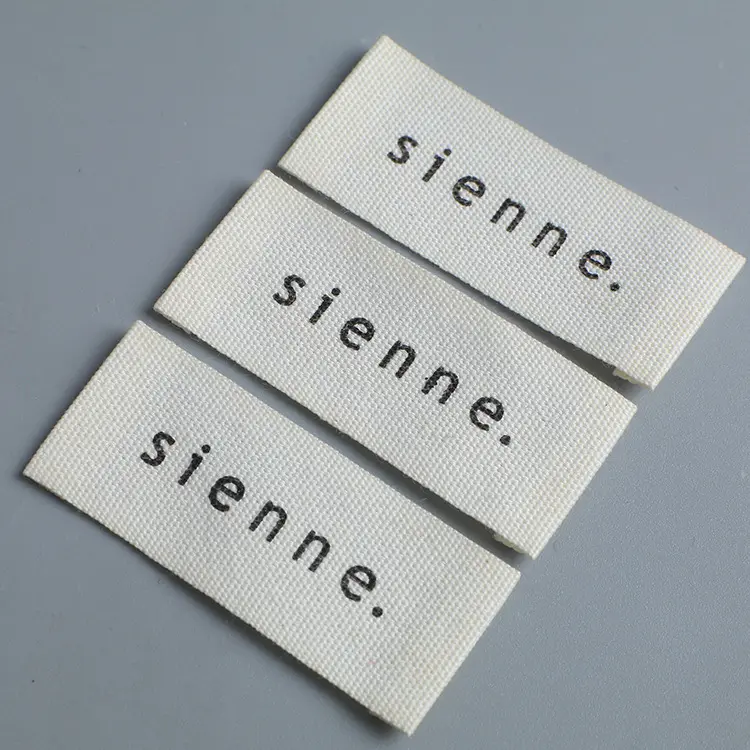
How to Choose a Label Folding Type?
Start with two questions:
1. What information should the label include?
2. Where will the label be attached?
Here are seven common folding types to guide your choice:
- Features: Soft folds at both ends, perfect for brand names, slogans, or websites.
- Uses: Ideal for high-end brands, offering a clean, soft look; great for T-shirts and trendy clothing.
- Tips:
- Standard sewing margins are 6–7mm, customizable as needed.
- Sewing over 10mm may require manual folding, increasing costs and time.
2. Straight Cut Labels (No-Fold Labels)
- Features: Flat, seamless design sewn directly onto garments.
- Uses: Suitable for hats, shoe tongues, jacket patches, and pant sides.
- Considerations:
- Can include adhesives, Velcro, or non-woven backing for easy attachment to items like furniture or bags.
- Avoid for skin-contact areas, as edges may irritate.
3. Loop Fold Labels
- Features: Folded in half, both ends sewn into seams, similar to center-fold but without a crease.
- Uses: Common as hem tags for thicker products.
4. Mitre Fold Labels (Hook-Fold Labels)
- Features: Ends folded upwards at 45° to form hooks, sewn into seams.
- Uses: Ideal for hanging soft garments like shirts or pants.
5. Center Fold Labels
- Features: Folded in half, sewn into side or neckline seams, displaying different content front and back.
- Uses:
- Intimate apparel: Soft cotton-printed or satin labels to avoid irritation.
- Other clothing: Woven labels for coats, sweaters, and pants.
- Children’s clothing: Sew externally to prevent irritation.
6. Manhattan Fold Labels
- Features: Center-fold with edges folded over for a smooth, polished look.
- Uses: Common on shirt hems, cuffs, and other visible areas.
7. Book Cover Fold Labels
- Features: Combines center and end folds, with smooth ends for a clean look.
- Uses: Seen on hems, cuffs, hat brims, and shoe tongues.
- Tips:
- Labels under 28mm may require manual folding, increasing costs and time.
Additional Tips for Designing Folded Labels
1. Confirm the Label Position
- Seam sewing: Use nylon satin to prevent alignment issues with plain fabrics.
- External sewing: Choose Manhattan or book cover folds for their smooth edges.
2. Refine the Label Design
- Center Design: Ensure logos or text align below the seam line.
- Full Design: Maximize the entire label space.
3. Handle Cutting Lines
- Woven labels: Place cutting lines on the back.
- Printed labels: Avoid visible positioning lines.
Each fold type has unique strengths. Choose based on design needs, sewing placement, and product features to make your brand stand out.
























